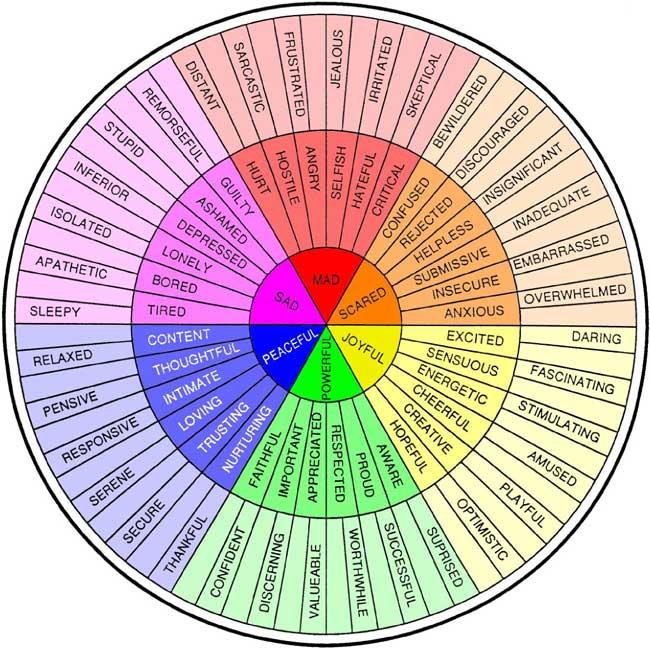 Home
Home
Healing Basics
Introduction to Healing
(content created in part by UNLV-CARE Center)
“Healing is the restoration of identity.” Healing starts with empathy for oneself and requires critical reflection and loving action.
Healing Journey
There are many different healing tools and modalities. Depending on where you are in your journey or what your healing needs are, there may be a different tool or modality to support you. In the next few pages, we have a variety of healing modalities to get you thinking about what helps you feel whole and supported.
But you may be feeling confused or lost right now, and that’s okay and also really common! So to help guide you, we have a “how are you feeling” map. If you’re not sure what the feeling you have is called – take a look at the attached emotion color wheel to flesh out your feelings. Tip: there’s no wrong answer. It’s okay to trust your instinct and see where it takes you on this map. You can always return back and see if something fits better!
It requires getting to the root instead of putting band-aids on the problem.
Healing is a journey.
Radical healing is important because for many people our experiences are a direct result of systems of oppression. For victim-survivors thriving is an act of radical resistance, a push against the violent norms of our society. To engage in healing is to engage in community power. And no one knows what that healing looks like besides you. We are here to share tools and context, but we know that you are the expert of your own life.
We encourage healing because future generations depend on our collective healing. Healing is the journey from surviving to thriving.
While surviving is an extremely valid way of navigating the world, and sometimes the only option for folks, understanding the difference between surviving and thriving or self-soothing versus self-care can open new possibilities.
Self-soothing is not inherently wrong or bad. Indulgence is great, avoidance, however, can prolong trauma. Sometimes we need self-soothing to get through the day, week, year. But identifying the difference can empower us to have a balance that best supports us.
Self-care:
- Long-term benefits
- Connection
- Deep cleaning
- Healing
- Therapy
- Setting boundaries
Self-soothing:
- Immediate Satisfaction
- Avoiding conflict
- Bubble bath
- Massage/Facial/Manicure
- Drinking/smoking
- Avoiding conflict
And while we saw the impacts of trauma, the good news is that our brains have something called neuroplasticity. This means that the brain is able to continuously change throughout your life. With support and access to healing tools over a period of time, your brain can actually heal. This doesn’t mean that every day is easy or that traumatic events won’t ever impact you again, but it does mean that when you have flashbacks or responses to those traumatic events, healing may empower you to address those responses in a way that best serves you.
Healing is unique for everyone, and the journey has no endpoint. The idea of healing can be overwhelming because the images we usually see of it, are of those who have already been engaging in healing for an extended time. And healing often requires us to reflect on painful memories, implement difficult boundaries with loved ones, and say no to things that may give us immediate pleasure but are really ways of avoiding sustainability.
A therapist can help guide you in your healing process. To set-up an appointment with a therapist on the CSB or SJU campus, call 320-363-3236.
